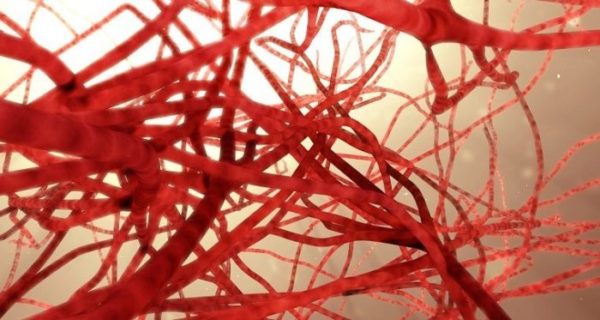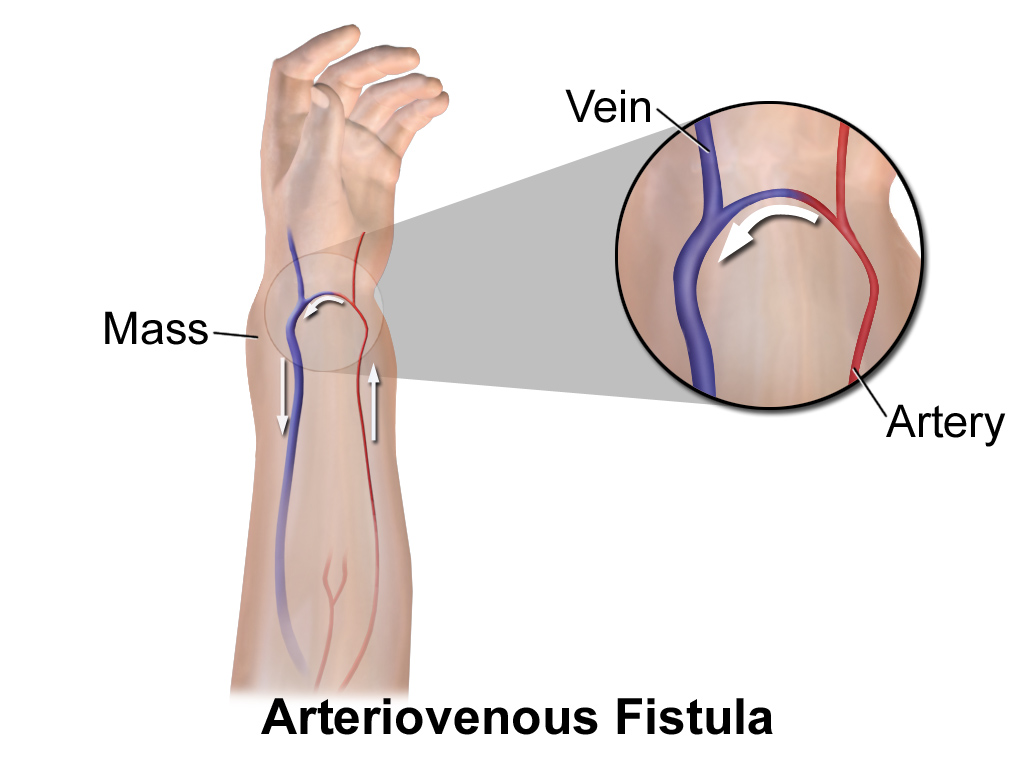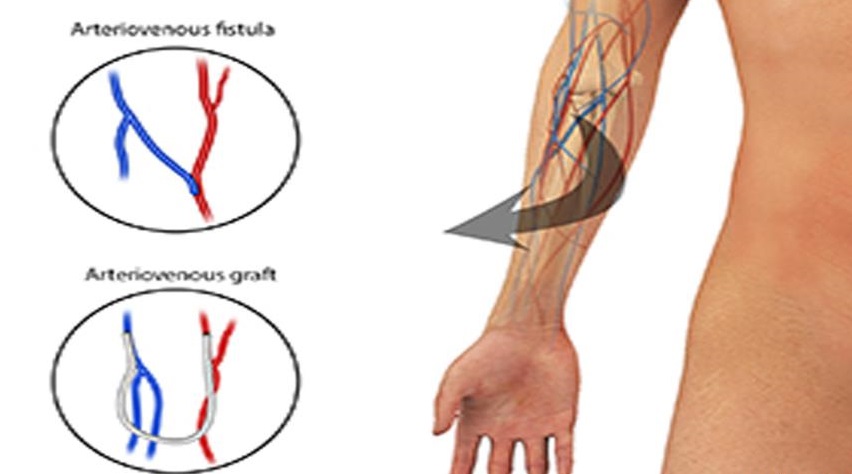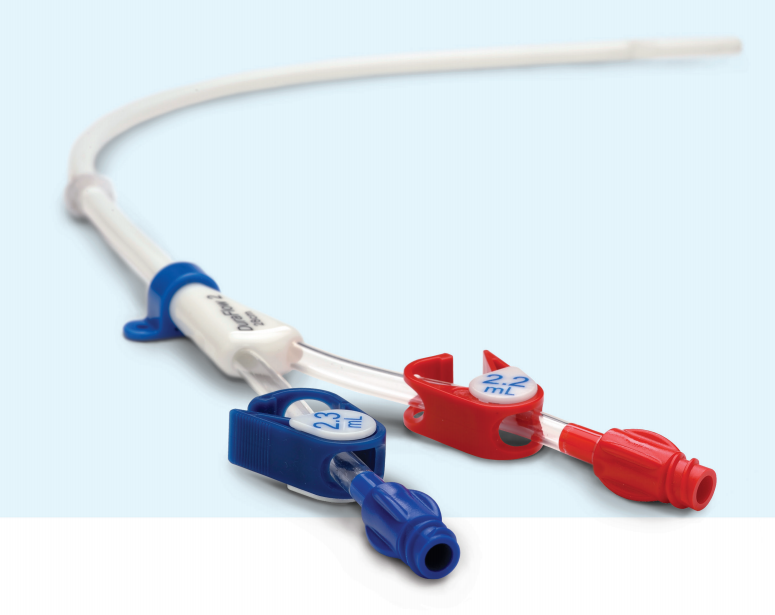
17 Feb Dialysis and Ways to Access the Veins
Dialysis Access Veins
It is necessary for the patients who suffer from renal insufficiency to do hemodialysis to remove waste (Creatinine Fissures, Urea…) and extra water from the blood.
Basically; there are 3 ways to access the vascular:
- Fistula
- Graft
- Catheter
Fistula
With innovative hemodialysis in 1942 ad and introduction of arteriovenous fistula system; It causes a new fate for renal patients.
Fistula is called to any unnatural connection or communication channel between two organs, two other parts of the body or even two veins; that are separated in normal mode or diabetic patient vascular recovery.
It has different types, but; the most important of it are Blin Fistula (a channel with locked head), Complete Fistula (a channel with enter and exit) and Incomplete Fistula (with a hole that locates inside the body, while it is not connected to any organs).
Further to this; fistula can be located in different parts of the body. For example; around eyes, cardiovascular system, respiratory system, muscle, genitourinary system and…

fistula is one of the ways to access veins
Fistula; like any other surgery methods have advantages and disadvantages described below.
Advantages:
- More strength / Durability
- It supplies sufficient blood flow after preparing
- The chances of making thrombus is less
- Also; Patient can take a shower after wounds recovery
Disadvantages:
- It takes 1-4 months to get ready
- It is necessary to implant needle to connect to dialysis machine
Graft
Graft or artificial vein, (like fistula) is another way to access vascular. Also; It is an artificial vein (artificial tube) for connecting jugular and artery to each other. The quality of the most of grafts is Polytetrafluoroethylene. In contrast with fistula; graft has different diameters base on the doctor’s need. But; the probability of making infections in the graft is more. That’s because of a device that locates inside the tissue of the body.
Further to this; Graft can be located in different parts of the body like; forearm, arms, and sometimes in feet and chest.

graft is one of the ways to access veins
The advantages and disadvantages of graft are mentioned below.
Advantages:
- Supply sufficient blood flow after preparing
- Patient can take a shower after wounds recovery
Disadvantages:
- The longevity of graft is less than the fistula.
- The probability of making infection in the graft is more than fistula
- It should be installed at least 2 weeks before dialysis
- Can make thrombus
- It needs to implant needle
Catheter
Central Venous Catheter (CVC) is another way to access the vascular and blood flow that the danger of this method is very less than others. Because; it is a minimally invasive surgery that is available in two types.
- Short Terms
- Long Terms
Also; it has two parts. One tube emits the blood outside the body and the other tube returns the clean blood inside the body.
Basically; The catheter implants in big veins that usually are in the neck (black jugular neck vein) or in the chest (sub larine vein).

catheter is one of the ways to access veins
The advantages and disadvantages of the catheter are mentioned below.
Advantages:
- It is usable after the implant immediately
- It doesn’t need any needle during injection
- Less danger
- It’s a minimally invasive surgery
Disadvantages:
- Usually is temporary
- Can make the infection
- It can make thrombus
- Also; Patients should cover it during taking shower
- It can make artery stenosis
Dialysis Access Veins




No Comments